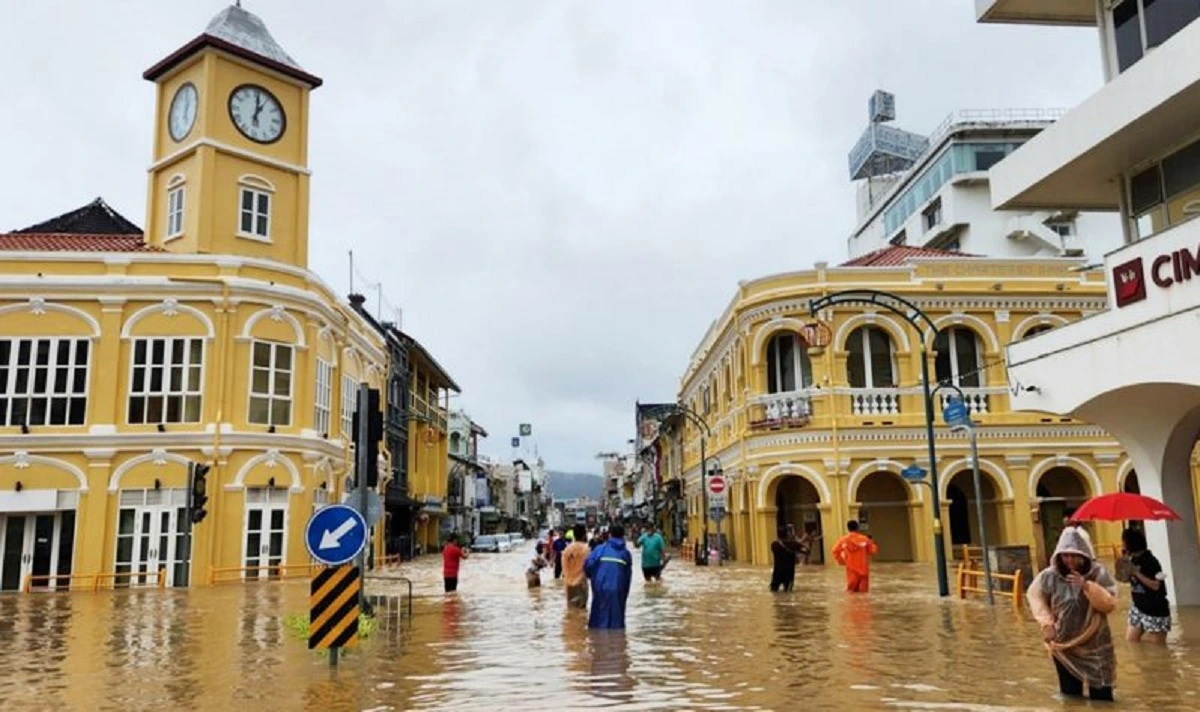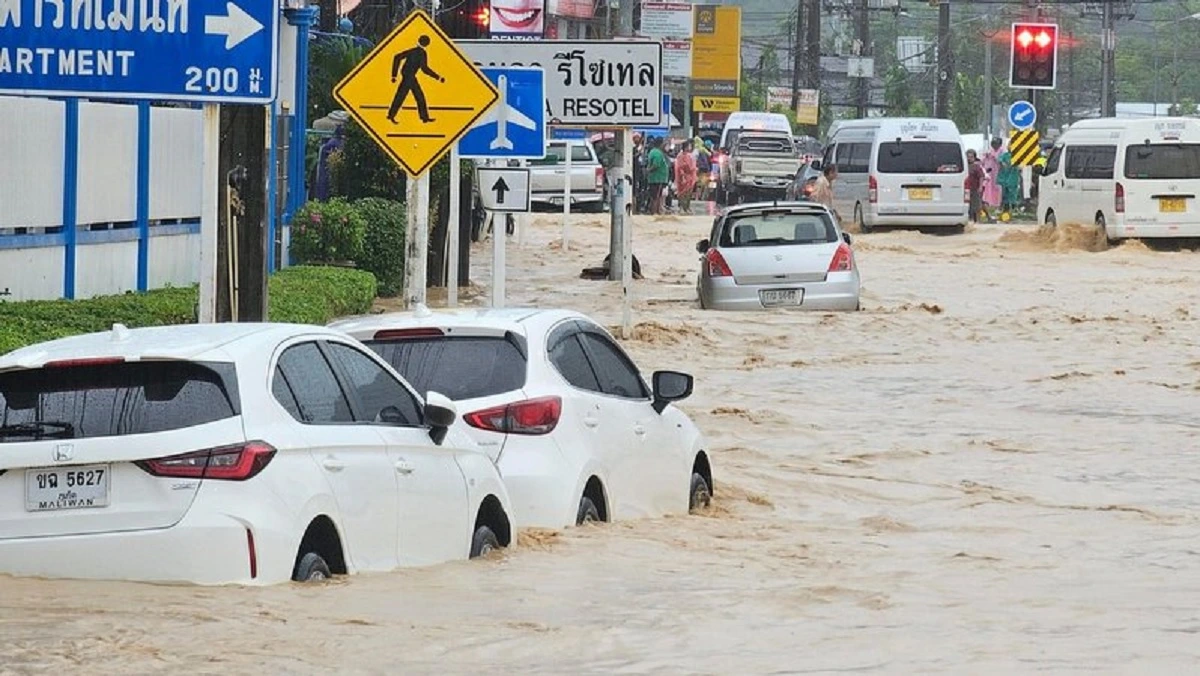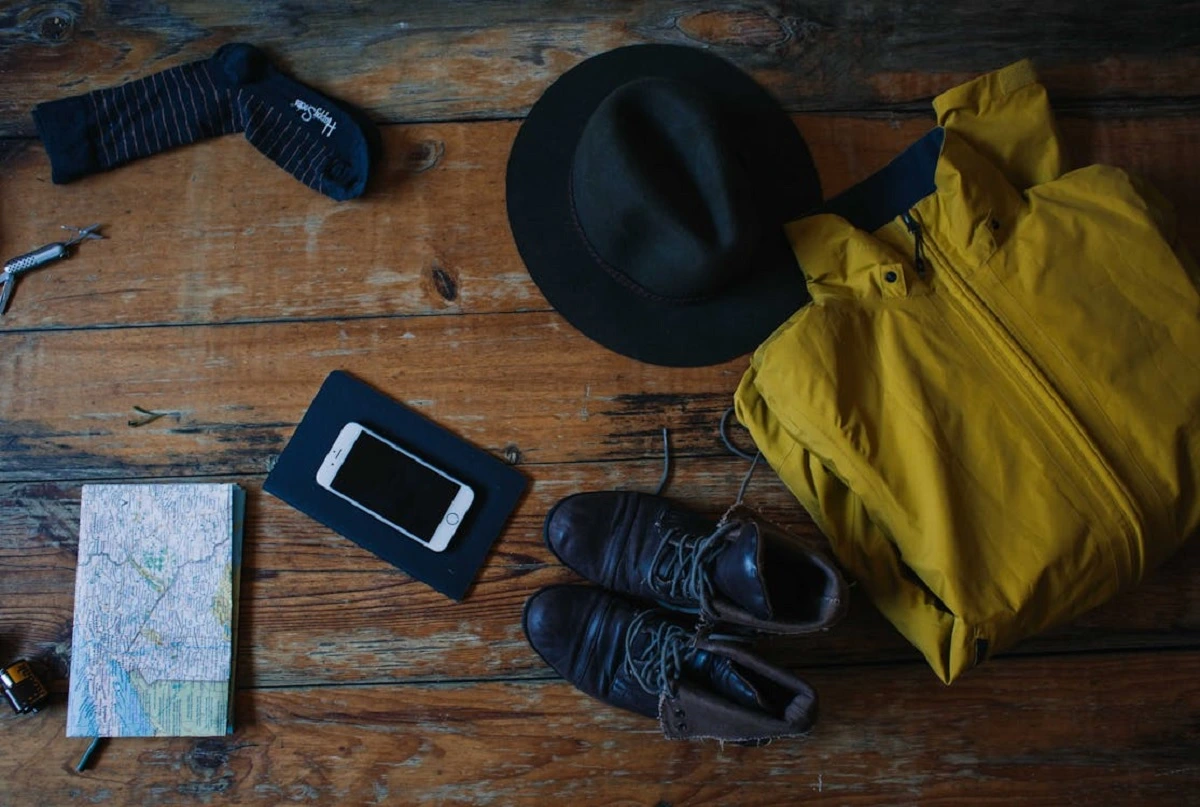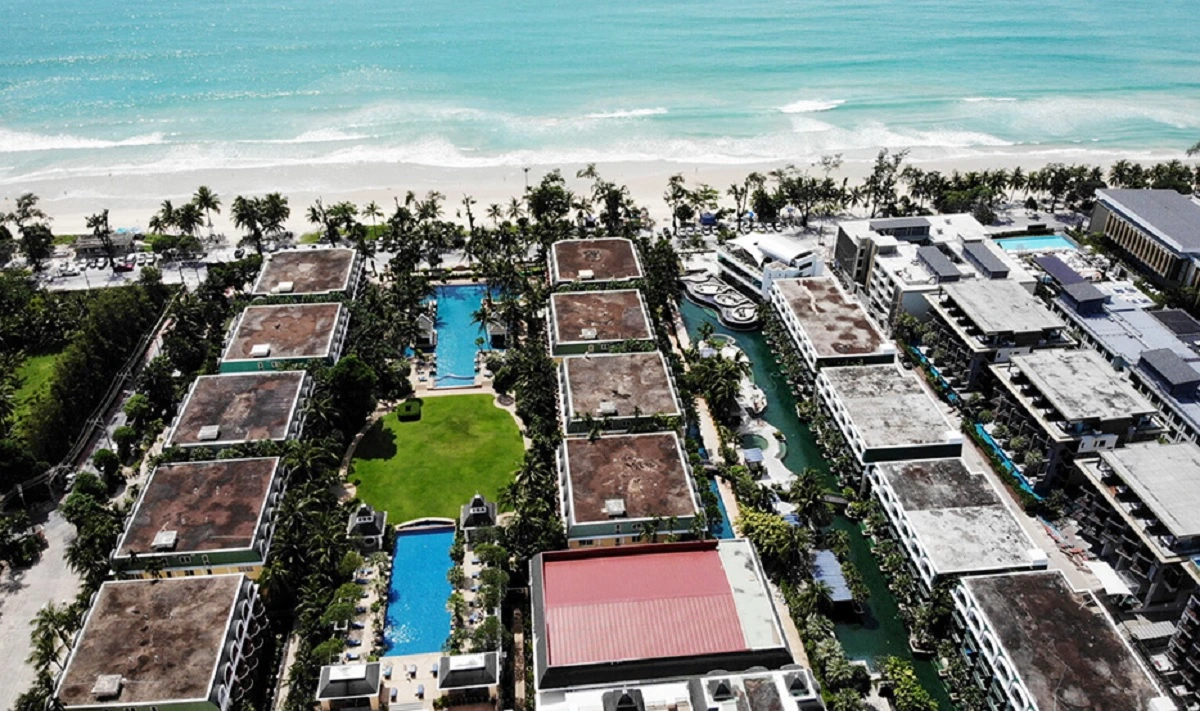Is it safe to travel to Phuket during Flooding

Phuket, Thailand’s largest island and a renowned tourist destination, has recently faced significant challenges due to heavy rainfall and subsequent flooding. As travellers consider their plans, the question arises: Is it safe to visit Phuket during this time? This comprehensive article will explore the current situation, safety measures, travel advisories, and what visitors can expect while navigating the island amidst these conditions.
Is it safe to travel?
The simple answer is YES. Major tourist areas remain operational, with boat tours, shopping centres, and attractions open for business. Travellers are encouraged to stay updated on conditions but can enjoy their visit without major concerns.
Many travellers are concerned about how to navigate this beautiful island during unpredictable weather. While floods can disrupt your plans, with the right information and a bit of flexibility, you can still enjoy your holiday. From choosing the right accommodation to finding alternative routes and activities, we’ve got you covered. Understanding the local weather patterns and having a backup plan can make all the difference.
Don’t let the rain dampen your spirits. With some preparation and smart choices, you can experience Phuket’s stunning beaches, vibrant culture, and delicious cuisine without a hitch.
Assessing the situation

Travelling to Phuket during flooding requires up-to-date information. First, determine which areas are affected.
Areas affected by flooding
Identify specific regions impacted by flooding. Phuket’s official website and local news sources are useful. Avoid heavily flooded regions and focus on safe zones. Patong and Kamala may experience flooding, while areas like Kata and Karon might remain accessible.
Recommended areas to avoid
Given the current flooding situation, travellers should avoid the following areas:
- Flood-Prone Communities: Areas near rivers, streams, and creeks are at high risk of further flooding. Travelers should avoid low-lying communities that are prone to flash floods.
- Kathu District: Due to ongoing recovery efforts, it is advisable to avoid Kamala and other affected villages until conditions improve.
- Thalang District: Moo Baan areas in Srisoonthorn, Thepkrasattri, Cherng Talay, Pa Khlok, and Sakhu should be avoided as they are still dealing with significant floodwaters.
- Muang District: Roads that have been reported submerged or unstable should be avoided. This includes sections of roads near Wat Ban Don and Rawai.
Safety concerns and advisories
Check government advisories for safety updates. Avoid venturing into unknown waters or flooded roads. Equip yourself with an emergency kit, including first aid, water, and non-perishable food. Follow local authorities’ instructions and stay updated through trusted sources.
- Stay Informed: Regularly check local news outlets for updates on weather conditions and travel advisories.
- Plan Ahead: Allow extra time for travel, especially when heading to Phuket International Airport (HKT), as flooded roads may cause delays.
- Follow Local Guidelines: Always adhere to instructions from local authorities regarding safety protocols during floods.
- Health Precautions: Avoid contact with floodwaters to reduce the risk of disease transmission. Wear protective clothing and use insect repellent against mosquito bites.
Preparing for your trip

Planning your trip requires extra attention given the recent flooding. Start by gathering reliable information to ensure your holiday is both enjoyable and safe.
Research and planning
- Monitor Weather Conditions: Stay updated on the latest weather forecasts and flood advisories for Phuket. Check the Thai Meteorological Department’s website and local news outlets regularly.
- Check Travel Advisories: Look for any travel advisories or warnings issued by your home country’s government or local authorities in Phuket regarding the flooding situation.
- Plan Your Itinerary: Be flexible with your itinerary and prioritize indoor activities or attractions that are less likely to be affected by flooding. Consider backup plans in case certain areas are inaccessible.
- Book Accommodations: Choose hotels or resorts located in areas less prone to flooding, such as higher ground or areas with good drainage systems.
- Purchase Travel Insurance: Ensure your travel insurance policy covers natural disasters and flooding-related incidents. This will provide financial protection in case of unexpected cancellations or emergencies.
Essential packing list
- Lightweight, Quick-Drying Clothing: Pack t-shirts, shorts, skirts, and light trousers that dry quickly. Avoid heavy fabrics that may take a long time to dry.
- Swimwear: Bring at least two swimsuits for beach activities and water excursions.
- Comfortable Walking Shoes: Choose sandals, flip-flops, or lightweight sneakers suitable for walking in wet conditions.
- Rain Gear: Pack a lightweight rain jacket or poncho, and a small umbrella for protection against sudden showers.
- Sun Protection: Include a hat, sunglasses, and sunscreen to protect yourself from the tropical sun.
- Dry Bag: Bring a waterproof bag or pouch to keep your valuables and electronics safe from water damage.
- First Aid Kit: Pack essential medications, bandages, and antiseptic creams in case of minor injuries or illnesses.
- Cash and Cards: Carry a mix of Thai baht and credit cards. Some smaller establishments may not accept cards, especially in flood-affected areas.
- Flashlight or Headlamp: In case of power outages due to flooding, a flashlight or headlamp can be useful.
- Insect Repellent: Bring insect repellent to protect against mosquitoes, especially in areas with standing water.
How to navigate Flooded areas
Navigating Phuket during flooding can be challenging but manageable with the right approach. Being prepared and informed ensures your safety and enhances your travel experience.
Transportation options to consider
| Transportation Option | Description | Considerations |
|---|---|---|
| Taxis | Local taxis are generally available but may have limited access to certain flooded areas. | Confirm with the driver regarding the route and potential obstacles due to flooding. |
| Ride-Sharing Services | Apps like Grab are widely used in Phuket, providing flexibility in choosing routes that may avoid flooded areas. | Convenient for reaching destinations safely; check app for real-time availability and route options. |
| Public Transportation | Songthaews: Shared taxis operating on fixed routes; cost-effective but may be affected by flooding. | Exercise caution as some routes may face delays or changes in service due to road conditions. |
| Motorbike Rentals | Renting a motorbike offers greater flexibility in navigating around flooded areas. | Requires caution due to slippery roads and potential hazards; wear appropriate safety gear, including helmets. |
| Walking | In some cases, walking may be necessary if certain roads are impassable by vehicles due to flooding. | Wear appropriate footwear and be mindful of your surroundings to avoid hazards. |
| Boat Services | For those planning to visit nearby islands or coastal areas, check with local operators regarding boat services. | Some routes may be suspended or altered due to weather conditions; confirm availability before planning excursions. |
Alternative routes and methods
Plan alternative routes to avoid heavily flooded areas. Main roads like Thepkasattri Road usually receive priority during flooding due to their importance. Use local maps and GPS services to identify safer, less flooded streets. Google Maps and Waze offer real-time traffic and flood updates. Walking may be an option for short distances, but avoid crossing deep or fast-moving water. Many hotels provide shuttle services to key areas unaffected by flooding. Verify these services with accommodation providers in advance for seamless travel.
Accommodation and shelter

Travelling to Phuket during the recent flooding requires a careful selection of accommodations and awareness of emergency shelters to ensure safety and comfort. Here’s a detailed guide on recommended safe areas for lodging and information on temporary shelters available in case of severe flooding.
Recommended safe areas
When selecting accommodations in Phuket, it is advisable to choose hotels located in higher-ground regions, such as Kata and Karon. These areas typically experience less flooding compared to more vulnerable locations like Patong and Kamala. Before finalizing your booking, always confirm with the hotel about the current conditions, as the situation can change rapidly due to ongoing weather patterns. Many accommodations in these safer areas have robust emergency plans in place and provide essential services during floods, ensuring that guests remain secure and comfortable.
Temporary shelters and emergency centres
In the event of severe flooding, local authorities have established temporary shelters and emergency centres in safe zones throughout Phuket. These shelters are typically located in schools, community halls, and some government buildings. It is crucial for travellers to be aware of these emergency locations, especially if they are staying in areas prone to flooding. To find the nearest shelter, travellers can refer to Phuket’s official website or local news sources for updated information. Keeping a list of these emergency centres handy can provide peace of mind and quick access to assistance if needed.
Emergency resources and contacts
Having quick access to emergency contacts can save lives during flooding in Phuket.
Emergency Hotlines:
- Tourist Police: Dial 1155 for tourist-related emergencies.
- General Emergencies: Contact 191 for immediate assistance.
- Ambulance and Medical Emergencies: Dial 1669.
Before leaving anywhere in Phuket during the circumstances it is also advised to look for weather updates and see if it is a good time to go out, You can check out the Thai Meteorological Department’s official website for the same.
Take these preparations seriously to stay safe, whether you’re a local or visiting Phuket.
Latest Thailand News
Follow The Thaiger on Google News:


























